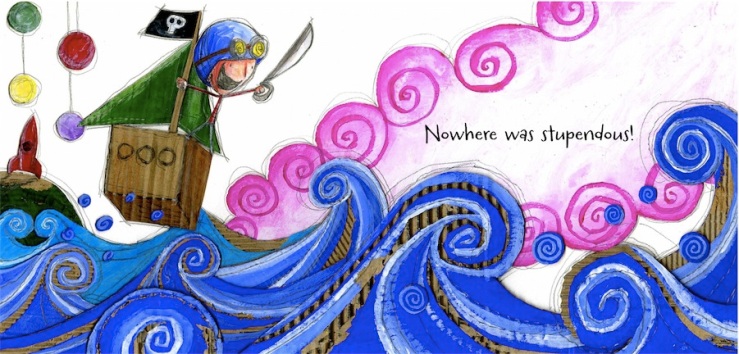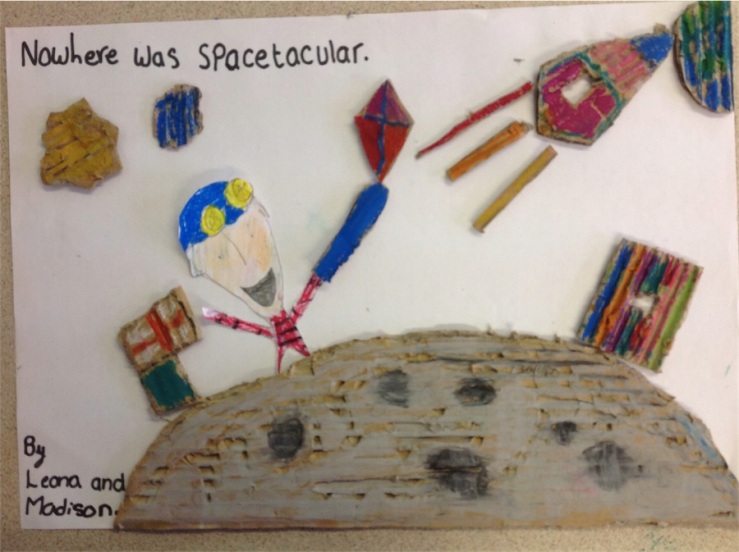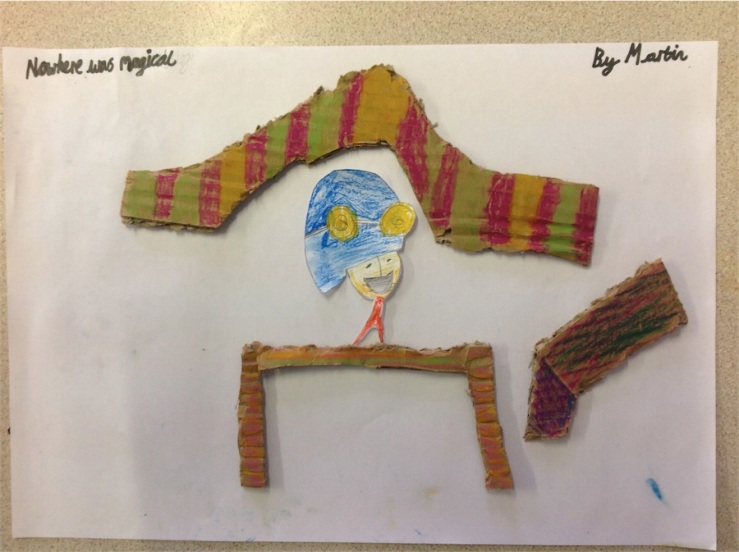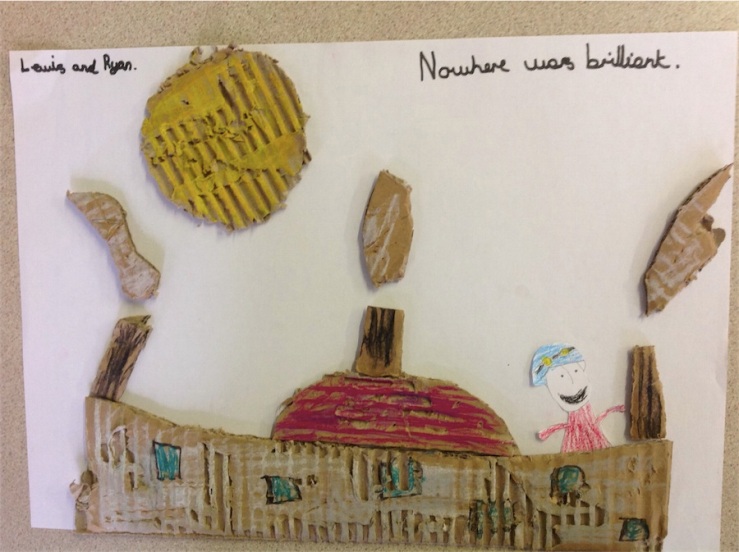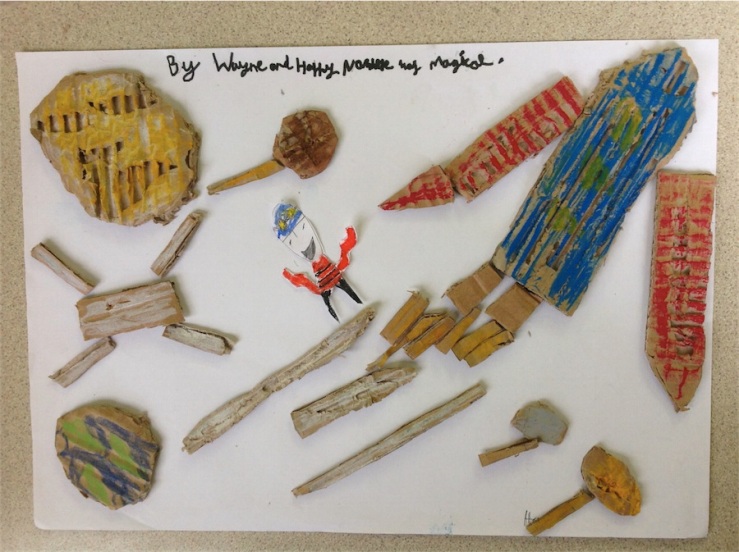I’m taking part in a Writing Process Blog Tour this week, which I was invited to join by writer, illustrator and SCBWI buddy Katherine Lynas.
Without further ado here are four questions, complete with four answers…
1) What am I working on?
Illustrations for the third book in the series ‘The Misadventures of Edgar and Allan Poe’ by Gordon McAlpine. Book 2 was published by Viking Children’s Books last month and book 3, the final in the trilogy, is due out next year.
Illustrations for a 2-player board game called ‘Stormy Weather’ involving two scientists going head-to-head to control the weather in an increasingly chaotic bid to win a gardening competition. We launched the game on Kickstarter last month and, by the time you read this, will have about one day to raise about £9,000. We’re going to need all the help we can get so if you fancy finding out more click the link above for a peak.
I am also working on writing and illustrating a new picture book, which will hopefully be out in 2016. More details to follow as soon as official announcements can be made…
2) How does my work differ from others of its genre?
It is the only work to come to you direct from inside the head of Sam Zuppardi. There’s nothing else out there that can claim to pull off quite that same trick.
3) Why do I write what I do?
I write and illustrate children’s books because childhood is a fascinating time, because we never quite leave it behind and so thinking about childhood is always interesting and arresting. Thinking about childhood is a way of thinking about our selves, about how we build our identities, and the implications and consequences of that process. It’s an important time and writing and drawing about it feels like time well spent. Children need interesting and thought-provoking things to read from as early as possible. I like being involved with providing that.
4) How does your writing process work?
Well this is how things tend to work when I am writing a picture book:
I start with an idea for a story. Having an idea is about fostering a state of mind in which you are open to ideas, where ever they might come from. I write down the idea as quick as possible, even if it’s just a couple of lines or a random sentence. Sometimes I’ll sit and draft out an entire picture book and it all flows out beautifully. Other times it just stays as a line or two. I write on my computer, in sketchbooks, on the back of envelopes, whatever is to hand. The important thing is to get SOMETHING down in writing so I don’t forget it. Don’t kid yourself you’ll remember an idea you’ve just had. It may feel vivid and amazing and brilliant at the time but in a day or two you’ll not be quite sure whether you’ve remembered it correctly, and you’ll kick yourself. Also, it may not be as amazing and brilliant as you first thought. But if you haven’t written it down all you’ll have left is that memory of how amazing and brilliant it was and you’ll wonder if you’ve remembered it right. If you have it there in black and white you can reassure yourself it actually was a pretty lame idea after all, and move on. Even then you might find something new and exciting develops out of what you’ve written. Just get it in writing. You don’t want to be chasing the memory of how amazing the idea was, like a dream you can only half remember.
After the idea is written down I put it aside and think about other things for a few days or months or years. Letting things brew is really important. The ideas that have yielded the stories I’m most pleased with in the past have been the ones that have grown and developed naturally, without feeling forced. That said, you want to strike a balance between letting things brew and forgetting about them. You have to be able to hold stuff in mind without feeling something has to be done with it immediately. You have to trust in your mind’s ability to think while you’re not watching it. If you put an idea aside but allow it a corner in the back of your mind where it stays alive, your mind does incredible things. It stays with it like a puzzle and works at unfolding and developing it, until something clicks. When I feel that click I go back and write some more, add to the original stuff I wrote and see how it feels.
Finally, when I have draft I’m happy with, I leave it aside again and work on other things. The picture book world moves at a leisurely pace so there’s no rush. When the moment is right, I’ll send it off to my agent. From that moment the writing process becomes collaborative. Other people get involved – agents, editors, art directors. So from that point on it’s a whole different kettle of fish, and almost a different process altogether… I’ll tell you about it sometime.
If you’d like to follow the blog tour on from here, here’s where to go next:
Paul Morton is an illustrator, graphic designer and the creative force behind Hot Frog Graphics. With 33 years in the graphic design business he brings a wealth of knowledge and experience to every new project. CLick his name to visit his blog.
Mike Brownlow is the writer and illustrator of many children’s books, including the Little Robots series and Ten Little Pirates, which came out last year and has recently been shortlisted for the Nottingham Children’s book awards. Click his name to find his website.
Both Paul and Mike will be posting their tour entries some time next week or the week after so stay tuned. In the meanwhile, thank you for stopping by here.





